How to Grow Your Natural Spa Sponge and Eat It Too
Growing your own organic sponge for bath and kitchen? Yes, it is easy and rewarding. The natural yet super useful sponge comes from an amazing plant called Luffa, also known as Loofah, Sponge Gourd, and Silk Squash.
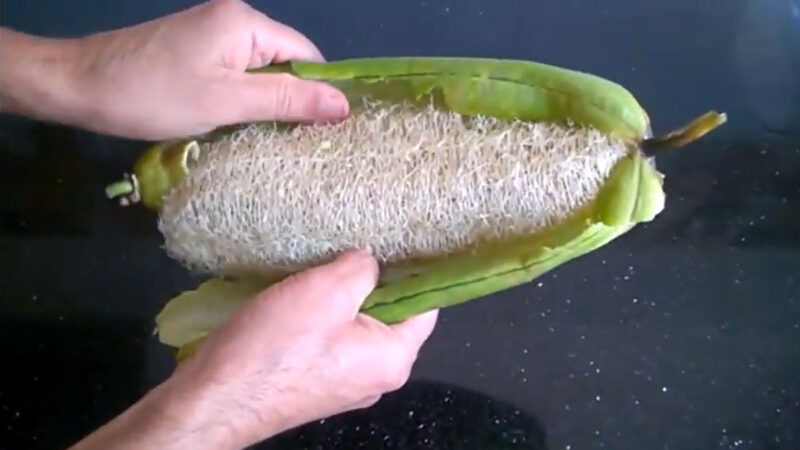
What is Luffa?
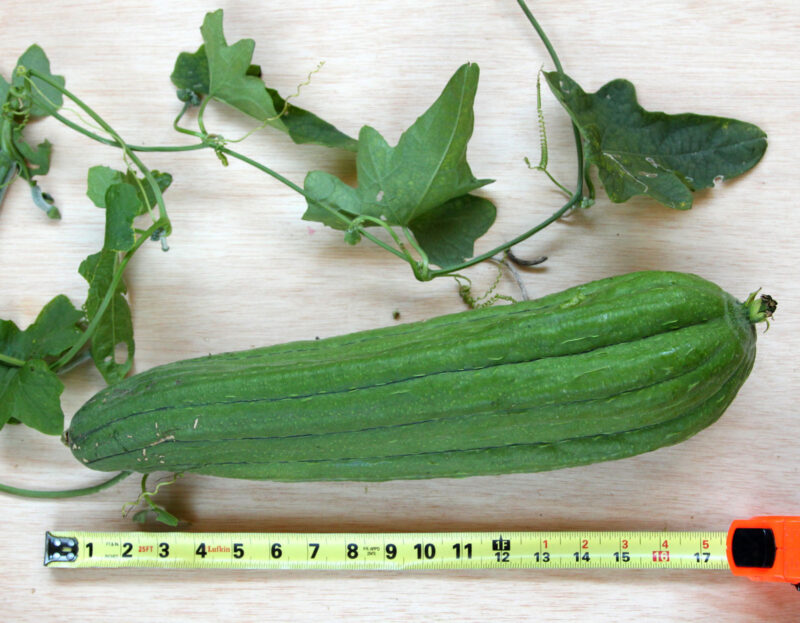
A native of the Asian tropics and grown for centuries, Luffa is a beautiful plant to grow along a fence or on a shade trellis in a vegetable garden. The tender young fruit is super delicious like a baby zucchini, if harvested before they mature into a great body or dish scrub. Its large lemon-yellow flowers bloom all summer long, edible just like zucchini blossoms, and even the leaves are edible!
How to germinate Luffa seeds
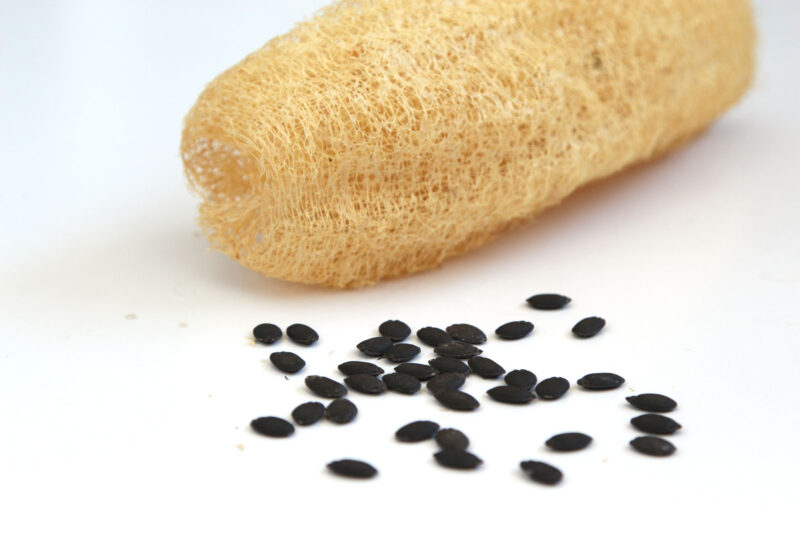
Like most vegetables, Luffa is usually grown from seeds. Luffa seeds are black with a thick shell, just like watermelon seeds. The best way to start them is to use this amazingly easy and fast seed starting method. As soon as the root pop out, which could take a week, plant each seed in a 4 inch pot filled with good potting soil.
When to plant Luffa
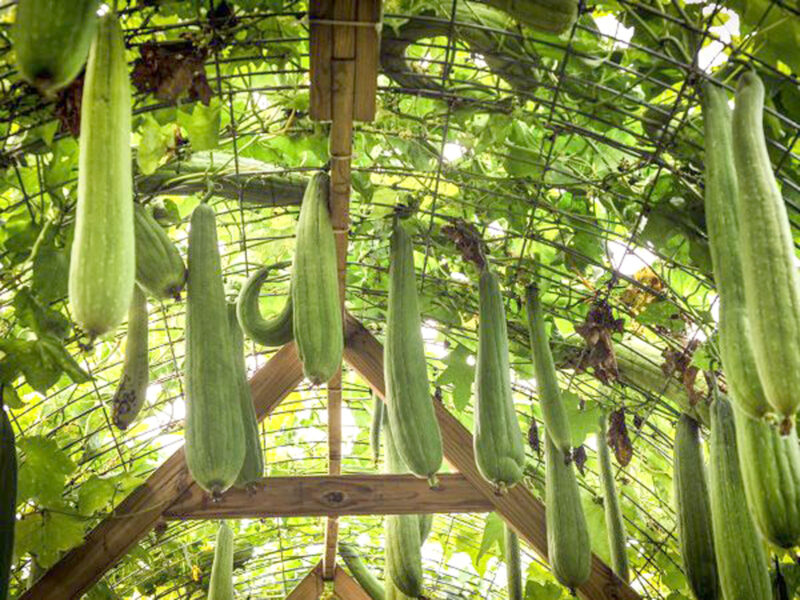
Because Luffa is a warm season plant, use the best local planting time for tomatoes and eggplants to determine when to start seeds and when to transplant outside you Luffa seedlings! Here’s a free planting calendar you can print to record your progress.
How to grow Luffa sponge gourd

*Some resources in article are affiliate links. Full disclosure here.
After the ground warms thoroughly, plant the seedlings outside in the hottest sunny spot you can find. Luffa loves heat, and needs a long growing season of at least 8 weeks to produce fruits. It likes good soil just as other veggies do, and some type of trellis to climb on. Here are 20+ best garden trellis ideas you can DIY.
How to make Luffa plants produce more gourds
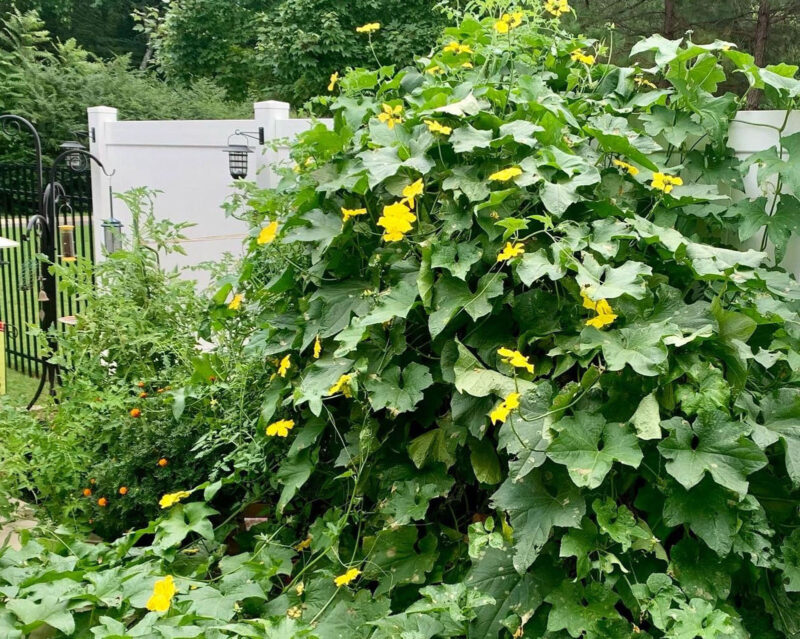
I read about a new trick which we will try next season: cut off the tips of the vines when the tendrils reach ten feet in length. This will encourage the development of the side branches upon which the gourds will develop. With this tip, one could get 25 gourds on each plant.
How to cook Loofah sponge gourd aka Silk Squash

When they reach between 1 to 2 inches in diameter (length may vary depending on variety), they are good to eat. Cook them like how you would cook zucchinis, such as sauteing in garlic and olive oil, or in a curry, stew, etc.
When to harvest Luffa gourd for sponge
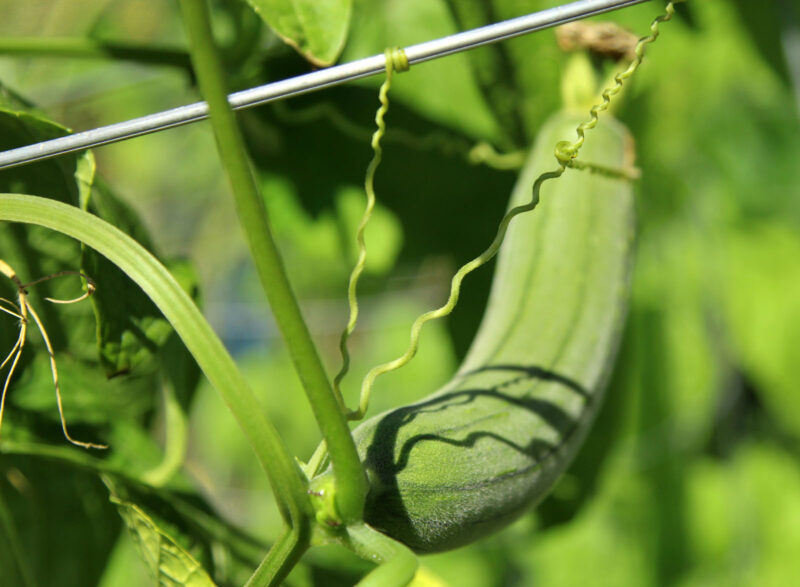
Once the gourds grow to more than 2 inches in diameter, the spongy fiber skeleton will start to form, and they would be too tough to eat. Let them to grow into sponge and seeds for next year. That’s why they are also called silk squash.
How to peel and harvest Luffa sponge
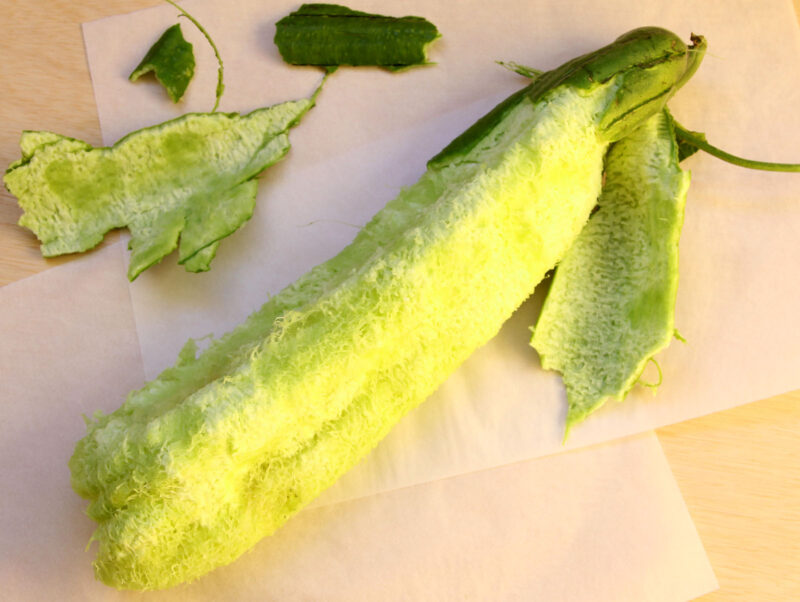
After washing away the pulp and squeezing out the seeds, leave the fibrous sponge to dry for a few days in a ventilated area. Cut the dried sponge into sections. We love using them to wash dishes, or as a body scrub. Each piece of sponge will last quite a long time.
Helpful tips and resources:
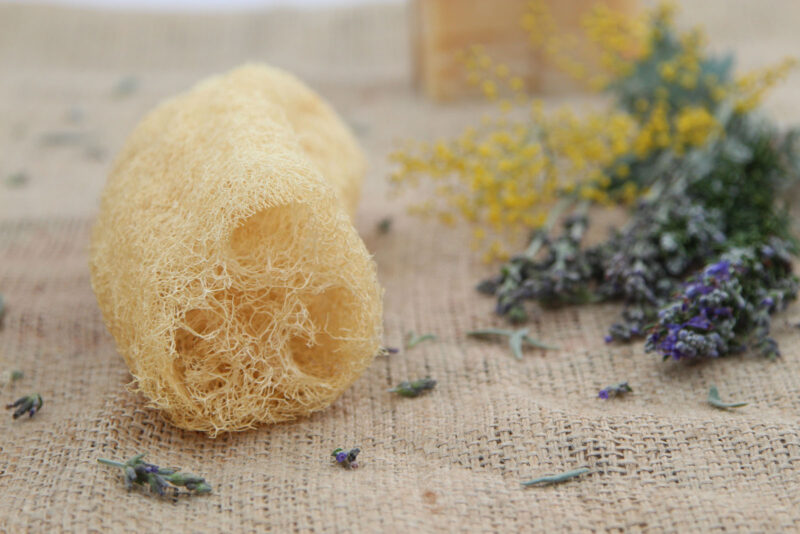
The two most common species are the ridged luffa (Luffa acutangula ) and the smooth luffa (Luffa cylindrica or Lulls aegyptiaca ). Both varieties are edible, and both will produce sponges. If you live in a climate with short growing season, start the seeds indoors around February or March, in bigger pots by a sunny window.
